Spain, a country rich in history, culture, and natural beauty, offers a diverse range of experiences for travelers. From bustling metropolises to charming coastal towns, Spain’s cities each have their own unique allure. This article explores the best cities to visit in Spain, delving into their historical significance, cultural offerings, and must-see attractions.
1. Madrid: The Heart of Spain
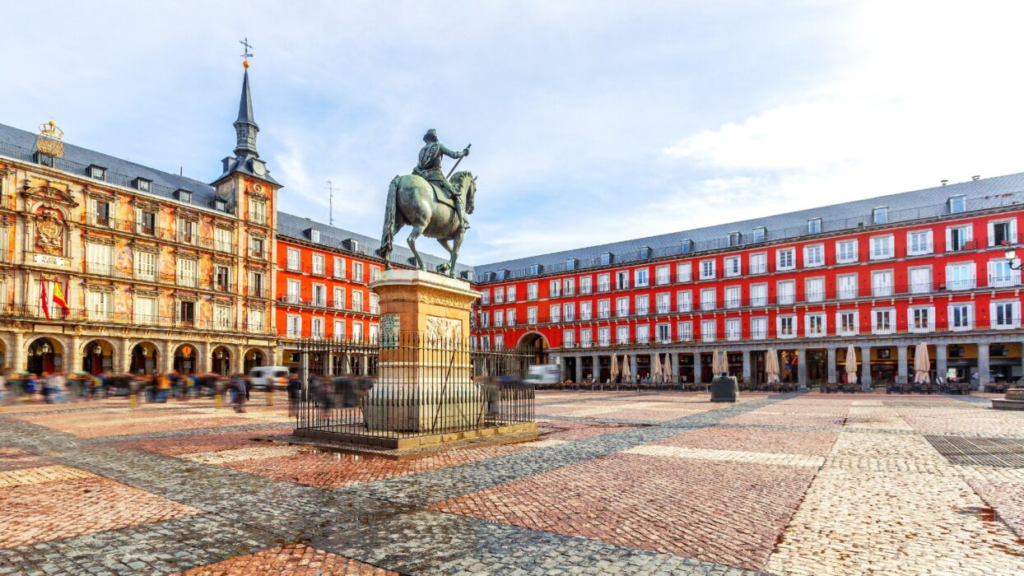
Madrid, Spain’s vibrant capital, is steeped in history and brimming with cultural treasures. Founded in the 9th century, Madrid has grown from a Moorish fortress into a bustling metropolis. It became the capital of Spain in 1561 under King Philip II, solidifying its importance in Spanish history.
Madrid is a cultural mecca, home to world-renowned museums such as the Prado Museum, which houses masterpieces by Velázquez, Goya, and El Greco. The Reina Sofía Museum, another cultural gem, features modern and contemporary art, including works by Picasso and Dalí. The Thyssen-Bornemisza Museum completes Madrid’s Golden Triangle of Art, offering an extensive collection that spans from the Middle Ages to the 20th century.
Must-See Attractions
- Royal Palace: The official residence of the Spanish Royal Family, the Royal Palace is a stunning example of baroque architecture. Visitors can explore its opulent rooms and lush gardens.
- Retiro Park: A vast green oasis in the heart of the city, Retiro Park is perfect for leisurely strolls, boating on the lake, and visiting the Crystal Palace.
- Puerta del Sol and Plaza Mayor: These iconic squares are at the center of Madrid’s social life. Puerta del Sol is known for the statue of the bear and the strawberry tree, while Plaza Mayor is famous for its grand arcades and historic buildings.
Madrid is renowned for its lively nightlife, with countless bars, clubs, and flamenco shows. The city’s culinary scene is equally impressive, offering everything from traditional tapas to cutting-edge gastronomy. Don’t miss trying cocido madrileño, a hearty chickpea stew, and churros con chocolate for a sweet treat.
Read also Morocco, Top 8 Cities to Visit
2. Barcelona: The Jewel of Catalonia Spain
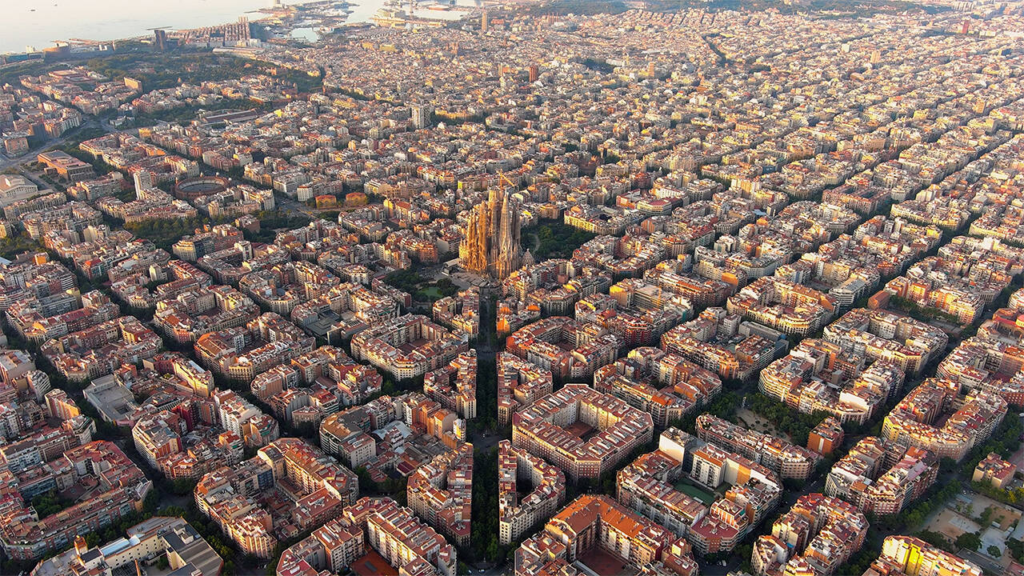
Barcelona, the capital of Catalonia, boasts a rich history that dates back to Roman times. The city’s Gothic Quarter, with its narrow medieval streets, is a testament to its ancient past. Barcelona’s unique blend of history and modernity makes it one of Spain’s most captivating cities.
Barcelona is synonymous with the architectural genius of Antoni Gaudí. His masterpieces, such as the Sagrada Família and Park Güell, are a testament to his innovative vision. The city is also home to the Picasso Museum, which houses an extensive collection of the artist’s early works.
Must-See Attractions
- Sagrada Família: This iconic basilica, still under construction after more than a century, is a UNESCO World Heritage site and a symbol of Barcelona.
- La Rambla: A bustling boulevard that runs through the heart of the city, La Rambla is lined with shops, cafes, and street performers.
- Barceloneta Beach: For a relaxing day by the sea, head to Barceloneta Beach, where you can sunbathe, swim, and enjoy fresh seafood at beachside restaurants.
Barcelona’s nightlife is legendary, with a wide range of bars, clubs, and live music venues. The city’s culinary scene is equally diverse, from traditional Catalan dishes like pa amb tomàquet (bread with tomato) to avant-garde cuisine at Michelin-starred restaurants. Be sure to try seafood paella and crema catalana for a taste of the local flavors.
3. Seville: The Soul of Andalusia Spain
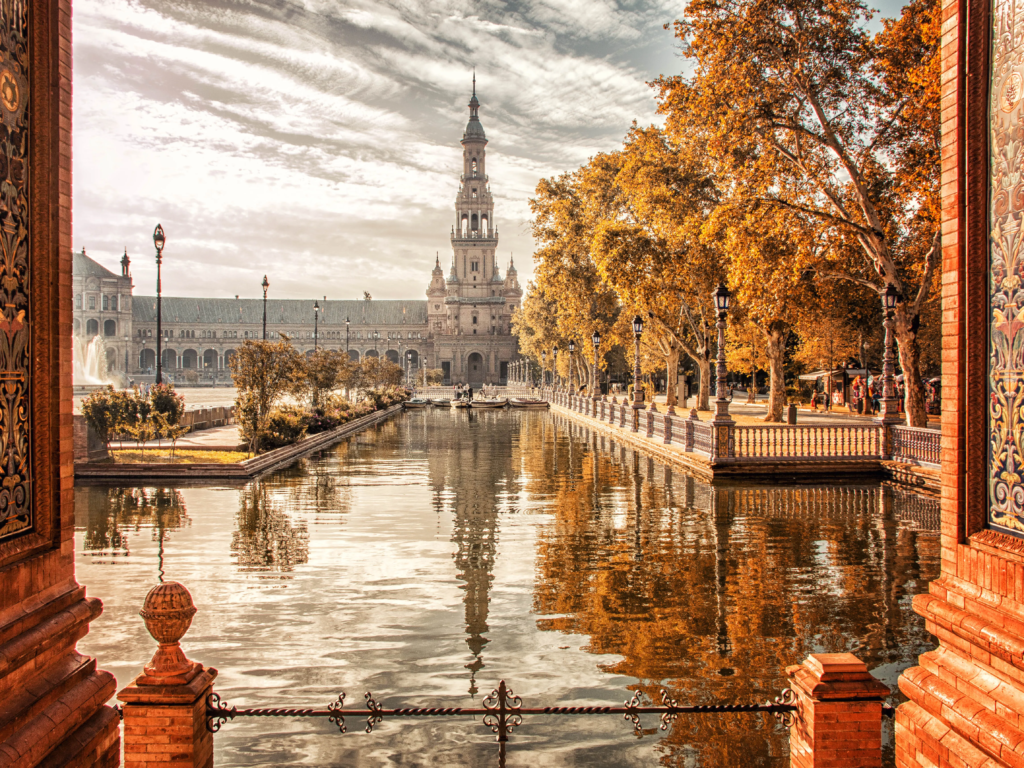
Seville, the capital of Andalusia, is a city steeped in history and tradition. Known for its Moorish heritage and vibrant flamenco culture, Seville offers a unique blend of old-world charm and modern vibrancy. The city’s rich history is reflected in its stunning architecture, from the Alcázar to the Cathedral.
Seville is a cultural hub, famous for its passionate flamenco performances and lively festivals such as Feria de Abril and Semana Santa. The city is also home to the Museum of Fine Arts, which houses an impressive collection of Spanish art from the medieval period to the early 20th century.
Must-See Attractions
- Alcázar of Seville: This royal palace, a UNESCO World Heritage site, is a stunning example of Mudéjar architecture, with its intricate tile work and lush gardens.
- Seville Cathedral and La Giralda: The largest Gothic cathedral in the world, Seville Cathedral is also home to the tomb of Christopher Columbus. La Giralda, the cathedral’s bell tower, offers panoramic views of the city.
- Plaza de España: This magnificent square, built for the Ibero-American Exposition of 1929, features a semicircular building adorned with vibrant ceramic tiles.
Seville’s nightlife is centered around its many tapas bars, where locals gather to enjoy small plates and drinks. The city’s cuisine is deeply rooted in Andalusian traditions, with dishes like gazpacho, a chilled tomato soup, and pescaito frito, fried fish. Be sure to experience a live flamenco show for an unforgettable evening.
4. Valencia: The City of Arts and Sciences

Valencia, located on Spain’s southeastern coast, is a city with a rich history dating back to its founding as a Roman colony in 138 BC. Over the centuries, Valencia has been influenced by various cultures, including the Moors, whose legacy can still be seen in the city’s architecture and traditions.
Valencia is a city that seamlessly blends the old and the new. The historic city center is home to the Valencia Cathedral and the Lonja de la Seda, a UNESCO World Heritage site. In contrast, the City of Arts and Sciences is a futuristic complex that showcases the city’s commitment to innovation and culture.
Must-See Attractions
- City of Arts and Sciences: This avant-garde architectural complex includes the Oceanogràfic, the largest aquarium in Europe, and the Hemisfèric, an IMAX cinema and planetarium.
- Valencia Cathedral: This Gothic cathedral is said to house the Holy Grail, the chalice that Jesus used at the Last Supper.
- Turia Gardens: A former riverbed turned into a lush park, the Turia Gardens are perfect for a leisurely stroll or bike ride.
Valencia’s nightlife is vibrant, with a variety of bars, clubs, and beachfront venues. The city is also the birthplace of paella, Spain’s most famous dish. Be sure to try the traditional Valencian paella, made with chicken, rabbit, and local beans, as well as horchata, a refreshing drink made from tiger nuts.
5. Granada: A Tapestry of Cultures

Granada, nestled at the foot of the Sierra Nevada mountains, is a city where history and culture intertwine. Once the last stronghold of the Moors (Moroccans) in Spain, Granada’s rich Islamic moorish heritage is evident in its architecture and traditions. The city was conquered by the Catholic Monarchs in 1492, marking the end of the Reconquista.
Granada is renowned for its blend of Moorish and Christian architecture. The Alhambra, a UNESCO World Heritage site, is a stunning palace and fortress complex that exemplifies Islamic art and architecture. The city’s Albaicín neighborhood, with its narrow streets and whitewashed houses, offers a glimpse into its Moorish past.
Must-See Attractions
- Alhambra: This majestic palace and fortress complex is a masterpiece of Islamic art and architecture, featuring intricate tilework, lush gardens, and stunning views of the city.
- Generalife: The summer palace and gardens of the Nasrid rulers, Generalife is a serene retreat with beautifully landscaped gardens and fountains.
- Albaicín: This historic neighborhood is a labyrinth of narrow streets, whitewashed houses, and charming squares. It’s the perfect place to wander and soak in the city’s Moorish atmosphere.
Granada’s nightlife is lively and diverse, with a mix of traditional tapas bars and modern clubs. The city’s cuisine reflects its Moorish heritage, with dishes like lamb tagine and pinchos morunos (Moorish skewers). Granada is also famous for its free tapas, served with every drink ordered.
6. Bilbao: The Cultural Hub of the Basque Country
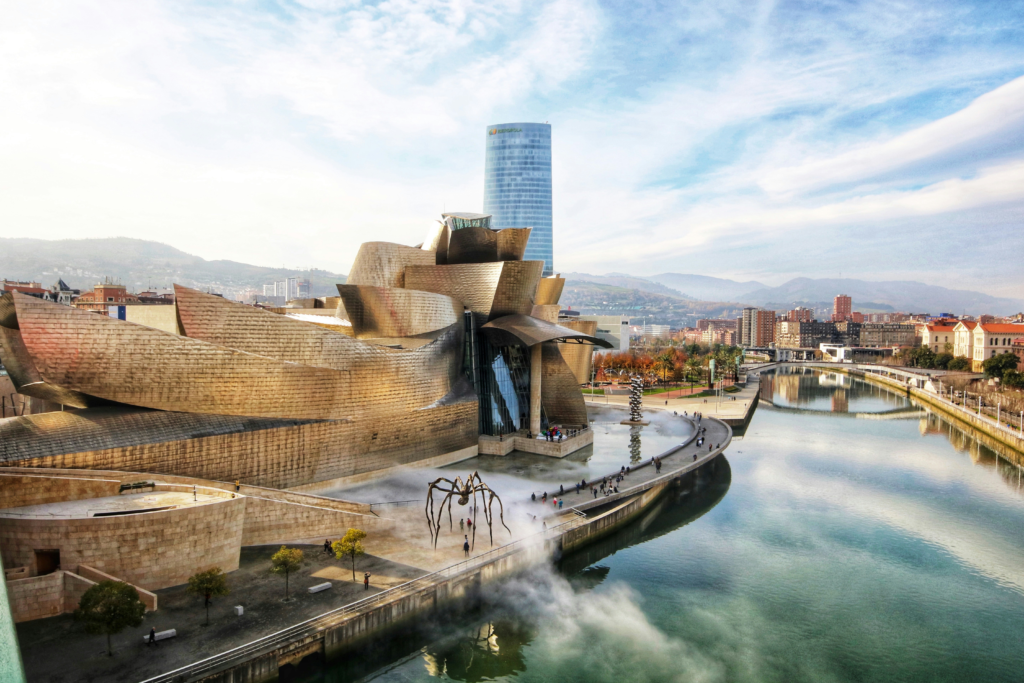
Bilbao, the largest city in the Basque Country, has a history that dates back to its founding in the early 14th century. Traditionally an industrial city, Bilbao has undergone a remarkable transformation into a cultural and architectural hub, thanks in part to the construction of the Guggenheim Museum.
Bilbao is home to a thriving cultural scene, with numerous museums, galleries, and theaters. The Guggenheim Museum, designed by architect Frank Gehry, is a masterpiece of contemporary architecture and houses an impressive collection of modern and contemporary art. The Fine Arts Museum, one of Spain’s most important art museums, features works by El Greco, Goya, and many more.
Must-See Attractions
- Guggenheim Museum: This iconic museum is not only an architectural marvel but also a premier destination for modern and contemporary art.
- Casco Viejo (Old Town): Bilbao’s historic old town is a charming area with narrow streets, traditional shops, and pintxos bars. The seven original streets, known as “Las Siete Calles,” are particularly worth exploring.
- Plaza Nueva: A neoclassical square in the heart of the old town, Plaza Nueva is surrounded by arcaded buildings and is a popular spot for enjoying pintxos.
Bilbao’s nightlife is vibrant, with a mix of traditional taverns, trendy bars, and nightclubs. The city’s culinary scene is renowned for its pintxos, small snacks typically served on bread. Be sure to try local specialties like bacalao a la vizcaína (codfish in Biscayan sauce) and txakoli, a slightly sparkling white wine.
7. Málaga: The Gateway to the Costa del Sol
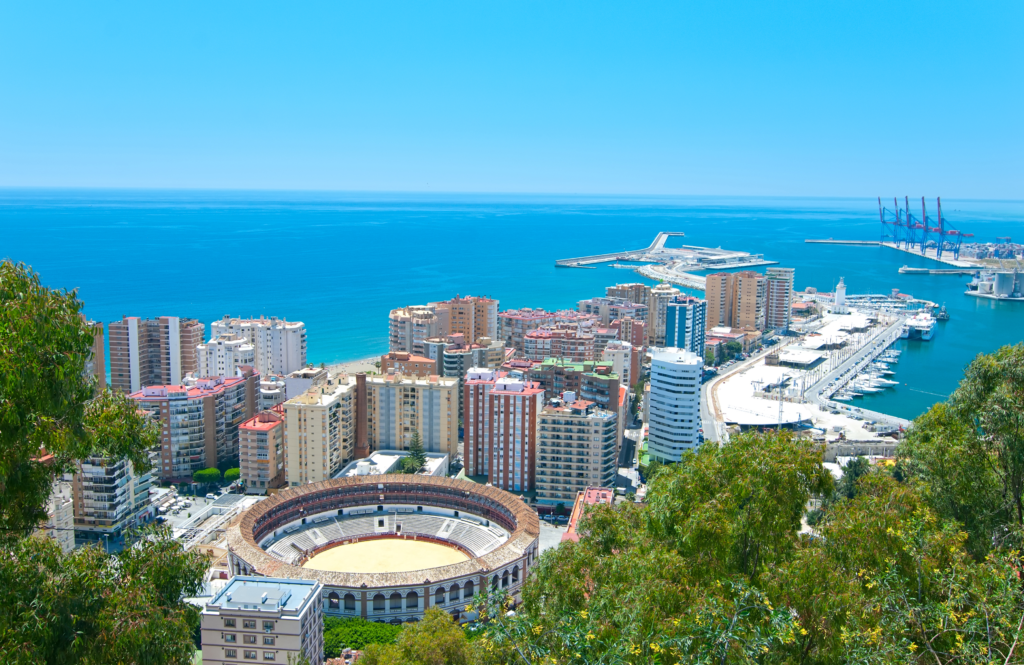
Málaga, located on the Costa del Sol, is one of the oldest cities in the world, with a history that dates back nearly 3,000 years. Founded by the Phoenicians, the city has been influenced by a variety of cultures, including the Romans and Moors. Today, Málaga is a vibrant city that seamlessly blends its rich history with modern amenities.
Málaga is the birthplace of Pablo Picasso, and the city celebrates his legacy with the Picasso Museum, which houses an extensive collection of his works. The city’s cultural offerings also include the Carmen Thyssen Museum, which focuses on 19th-century Spanish art, and the Centre Pompidou Málaga, a contemporary art museum.
Must-See Attractions
- Alcazaba and Gibralfaro Castle: These Moorish fortresses offer stunning views of the city and the Mediterranean Sea. The Alcazaba is one of the best-preserved Moorish citadels in Spain.
- Málaga Cathedral: Known as “La Manquita” (the one-armed lady) due to its unfinished south tower, Málaga Cathedral is a stunning example of Renaissance architecture.
- Picasso Museum: Located in the Palacio de Buenavista, this museum is dedicated to the life and works of Pablo Picasso, showcasing over 200 pieces of his art.
Málaga’s nightlife is lively, with a mix of beach bars, rooftop terraces, and traditional taverns. The city’s cuisine is heavily influenced by its coastal location, with an emphasis on fresh seafood. Be sure to try espetos (sardines grilled on skewers) and ajoblanco, a cold almond soup.
8. Salamanca: The Golden City
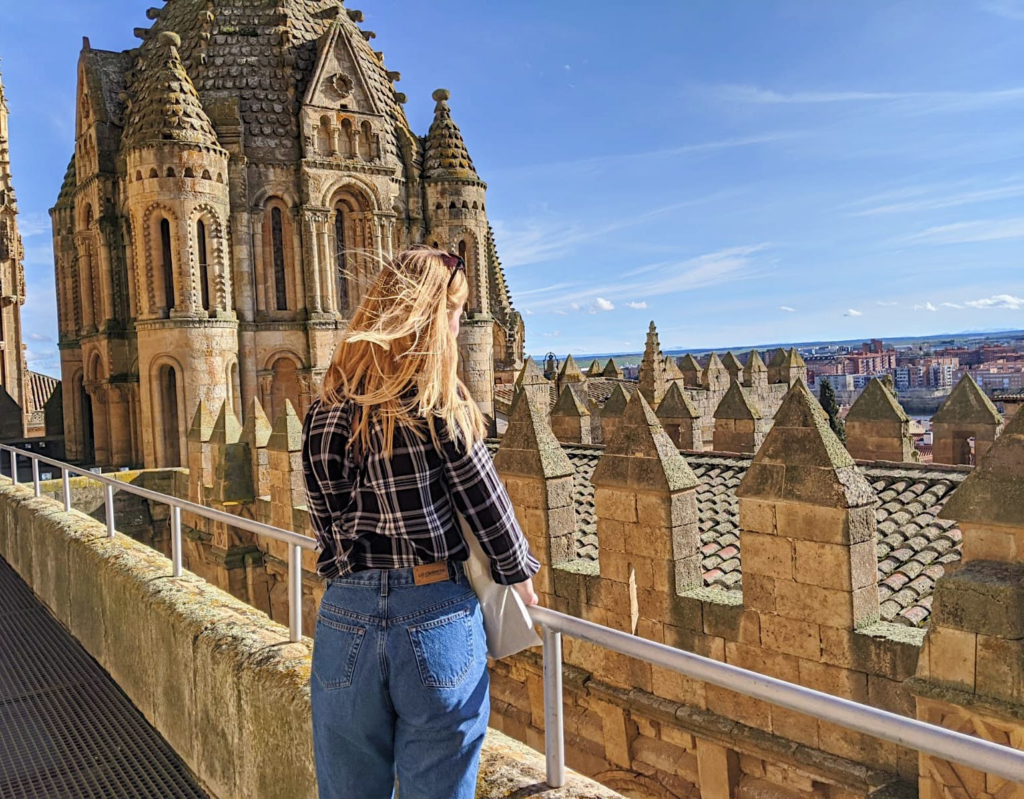
Salamanca, known as the “Golden City” due to its sandstone buildings that glow in the sunlight, is one of Spain’s most beautiful and historic cities. Home to one of the oldest universities in Europe, Salamanca has been a center of learning and culture for centuries. The city’s historic center is a UNESCO World Heritage site.
Salamanca’s rich cultural heritage is reflected in its stunning architecture and vibrant intellectual scene. The University of Salamanca, founded in 1218, is one of the oldest universities in Europe and has been a center of learning and culture for centuries. The city is also home to numerous museums, including the Art Nouveau and Art Deco Museum, which houses an impressive collection of decorative arts.
Must-See Attractions
- Plaza Mayor: One of the most beautiful squares in Spain, Plaza Mayor is the heart of Salamanca and a hub of social life. Its baroque architecture and vibrant atmosphere make it a must-visit.
- University of Salamanca: This historic university, founded in 1218, is one of the oldest in Europe. Its ornate façade and beautiful courtyards are a testament to its rich history.
- Old and New Cathedrals: Salamanca is unique in having two cathedrals—the Romanesque Old Cathedral and the Gothic New Cathedral. Both are architectural masterpieces worth exploring.
Salamanca’s nightlife is lively and diverse, with a mix of traditional taverns, modern bars, and student hangouts. The city’s cuisine is deeply rooted in Castilian traditions, with dishes like hornazo (a meat pie) and chanfaina (a rice and meat dish). Be sure to try the local cured ham, jamón ibérico, for a true taste of Salamanca.
9. Córdoba: A Blend of Cultures

Córdoba, located in the heart of Andalusia, is a city with a rich history that reflects a blend of Roman, Islamic, and Christian influences. Once the capital of the Islamic Caliphate of Córdoba, the city was a center of learning and culture during the Middle Ages. Its historic center is a UNESCO World Heritage site.
Córdoba is home to some of Spain’s most impressive historical monuments. The Mezquita-Catedral, a former mosque turned cathedral, is a stunning example of Islamic architecture. The city’s Jewish Quarter, with its narrow streets and whitewashed houses, is another highlight. Córdoba also hosts numerous festivals, including the famous Patio Festival, where residents open their flower-filled patios to the public.
Must-See Attractions
- Mezquita-Catedral: This iconic building, a former mosque turned cathedral, is a masterpiece of Islamic architecture. Its stunning arches and ornate mihrab are a testament to Córdoba’s rich history.
- Alcázar de los Reyes Cristianos: This fortress-palace, built by the Christian monarchs, offers beautiful gardens and panoramic views of the city.
- Jewish Quarter: A labyrinth of narrow streets and whitewashed houses, the Jewish Quarter is a charming area with a rich history. Be sure to visit the Synagogue, one of the few remaining in Spain.
Córdoba’s nightlife is vibrant, with a mix of traditional taverns, modern bars, and flamenco venues. The city’s cuisine reflects its diverse cultural influences, with dishes like salmorejo (a thick tomato soup) and flamenquín (breaded and fried meat roll). Be sure to try the local wine, Montilla-Moriles, for a true taste of Córdoba.
10. Zaragoza: A City of Spain Cultures
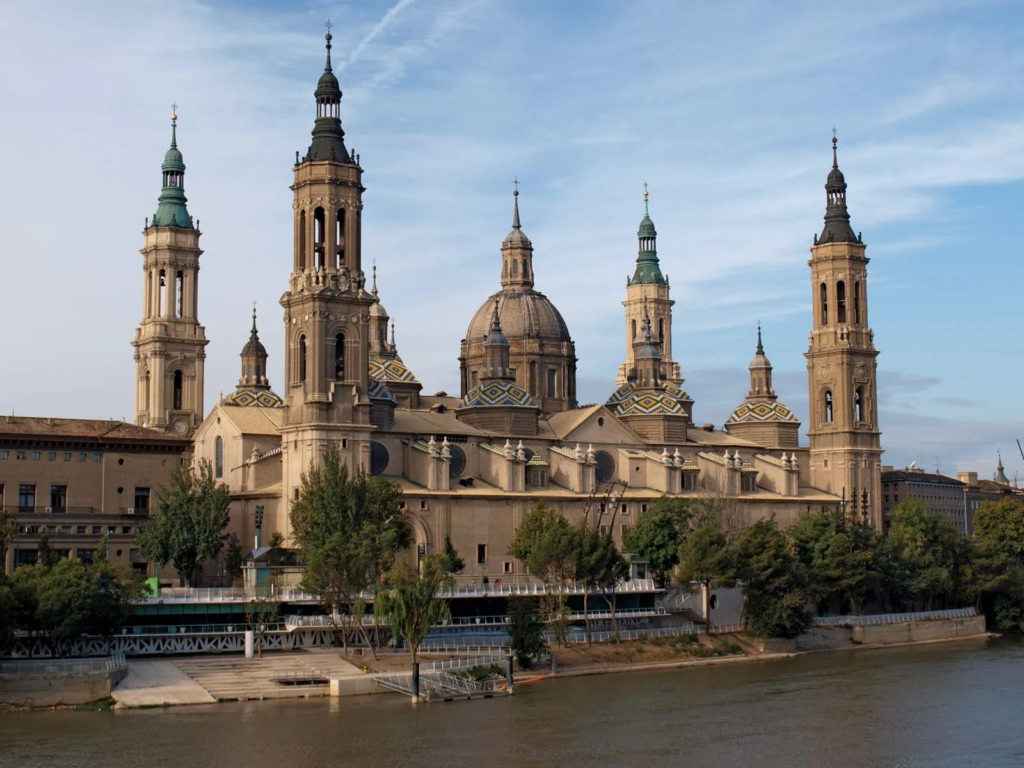
Zaragoza spain , the capital of the Aragón region, is a city with a rich history that reflects a blend of Roman, Moorish, Jewish, and Christian influences. Founded by the Romans in 14 BC, Zaragoza has been an important cultural and commercial center for centuries. The city’s historic center is home to numerous monuments that reflect its diverse cultural heritage.
Zaragoza is a city of great cultural wealth, with a vibrant arts scene and numerous museums and galleries. The city is home to the Pilar Basilica, a stunning example of baroque architecture, and the Aljafería Palace, a beautiful Moorish palace. Zaragoza also hosts numerous festivals, including the Fiestas del Pilar, one of Spain’s biggest and most vibrant festivals.
Must-See Attractions in
- Basilica del Pilar: This iconic basilica, located on the banks of the Ebro River, is a stunning example of baroque architecture. Its interior is adorned with beautiful frescoes by Goya.
- Aljafería Palace: This beautiful Moorish palace is a masterpiece of Islamic architecture and offers stunning gardens and intricate interior decorations.
- Roman Theatre: A well-preserved Roman theatre that offers a glimpse into Zaragoza’s ancient past. The on-site museum provides fascinating insights into the city’s history.
Zaragoza’s nightlife is lively and diverse, with a mix of traditional taverns, modern bars, and live music venues. The city’s cuisine is deeply rooted in Aragonese traditions, with dishes like ternasco (roast lamb) and bacalao al ajoarriero (cod in a garlic and tomato sauce). Be sure to try the local wine, Cariñena, for a true taste of Zaragoza.
Read more USA Red Alert : 9 Things to know Before Traveling to United States








